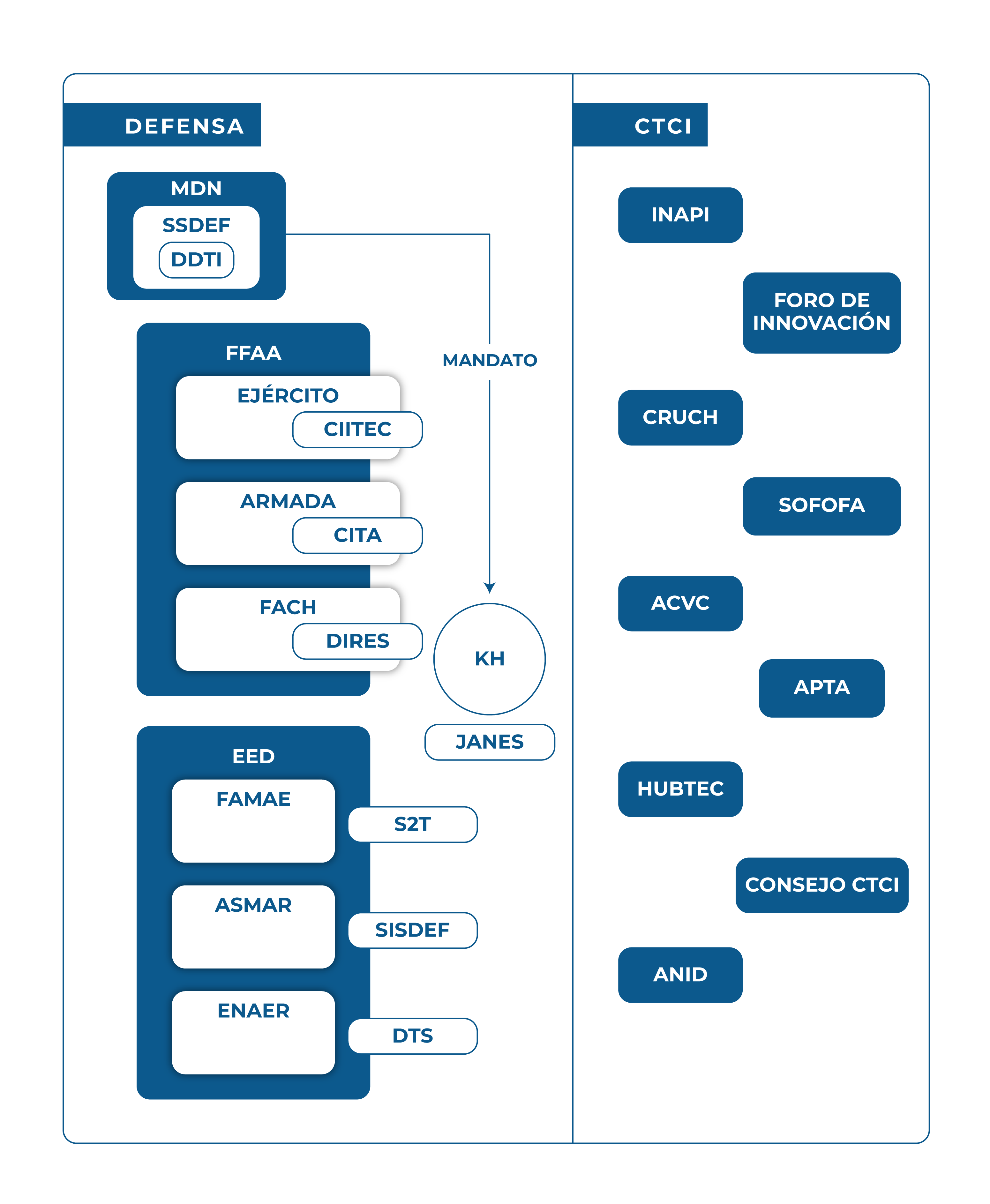
MOV Design has developed a sonar headset that facilitates hands-free spatial orientation for the visually impaired, helping them integrate into society independently and safely in a quick and easy way.
Mobility devices such as canes hinder the mobility of people with visual impairment by limiting the movement of their arms and hands. Such assistive devices invasively disrupt the development of spatial haptic perception and their constant and repeated use might lead to conditions such as carpal tunnel syndrome, tendinitis, or bursitis.
MOV is a lightweight, minimally invasive headset device that allows the user to freely use their hands and arms. This technology supports the autonomous development of blind and visually impaired people, which in Chile alone number more than 80,000 and more than 850,000, respectively. MOV relies on echolocation by using ultrasonic sensors placed in the lower postauricular area and along the occipital bone (nape) to detect small vibrations emitted by objects. This allows the user to determine the location of said objects, either as monocular vision (as if performed by only one eye) or binocular vision (as if performed by both eyes).
MOV is currently at TRL 5. Several activities have been carried out, such as a truncation test on sensors (by determining the space mapping parameters), programming in direct proportion (the closer the object, the greater the vibration), and testing the response of the vibrators. MOV was successfully tested in a closed environment by a visually impaired individual to validate the sensors.
MOV has an invention patent application in Chile, No. 202001870.
Market size: USD 120 million (2021) CAGR: 4.5%
Segmento: tecnologías de apoyo para la discapacidad visual
Segment: Assistive Technology for Visually Impaired
Expected market size: USD 1.9 billion (2026)
Chilean market for technical aids for the visually impaired USD 170 million
Óscar Astudillo | Innovation Coordinator

Lorem ipsum dolor sit amet, consectetur adipiscing elit. Suspendisse commodo porttitor libero, sed tristique mi mattis et. Mauris sit amet vehicula lectus. Etiam consequat fermentum dictum. Integer ullamcorper odio eget lorem porta venenatis. Nullam ut tortor tellus. Quisque in congue dui. Sed imperdiet urna id turpis tincidunt gravida a a turpis. Sed iaculis dui a urna dictum dictum. Pellentesque vel tellus sed urna egestas rutrum. Sed aliquet leo dictum pretium dapibus. Nam quis condimentum dui, sagittis fringilla felis. Interdum et malesuada fames ac ante ipsum primis in faucibus. Vivamus lobortis enim a velit ultricies semper.